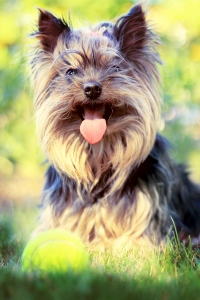 Dog Training Survey- Importance Of Training
Dog Training Survey- Importance Of Training
I was recently asked by www.pet365.co.uk to review some of their info graphics. When you head to the site you’ll see that they’ve got all sorts of graphics from dog training to dog health to pet products and more.
I gave a quick visit and the graphic that stuck out to me was a dog training graphic that showed the results of a survey of dog owners. The survey was taken from over 1000 dog owners from all over the world. The survey asked about various dog training questions and some of the results surprised me. The results of the survey are shown on the graphic below:
Dog Training-The Results Of The Survey

Dog Training graphic created by Matt Beswick for Pet365. Click here to view the full post.
What do you think of the data collected? I’d love to see your comments down below this post. There were several things that surprised me quite a bit:
Dog Training- My Thoughts On The Results
- About half of the respondents admitted to have never taken their dog to a dog training class. My first thought about this was actually a selfishly positive take on this. I thought, “Wow, look at how many people DON’T invest in training their dogs. That means there are TONS of people who I can go after to buy various dog training services and dog training products we offer. I got to thinking, though, that this was also a sad statistic. I’m not saying that everyone needs to invest in a dog trainer but the reality is that most dogs who go to qualified training end up being happier, better balanced, and have a better quality of life. It made me sad to think that about half of dogs are missing out on that.
 Along with this first stat that caught my eye I found it interesting that close to 100% of the respondents claimed to be doing some training with their dogs in their home. Simple math tells me that half of those are training without the aid of a trainer. What that means is that they are going it alone. Again, I’m not saying that everyone NEEDS to have a dog trainer handy. In this day and age, though, there is no reason to go ANYTHING alone. If you want to figure out which plants grow best in your area you don’t have to do trial and error, somebody already figured that out. If you want to craft a table in your garage there are already people who have figured out how to do that. And when it comes to training your dog there are already thousands of professionals who have figured out some of the best ways to get the job done. Why would you ‘go it alone’ when there are so many resources out there? Every day I read and accept the comments onto this website and people talk about the problems with their dogs and they talk about what they are doing to try to fix those problems. In most cases they are doing things so unbelievably wrong that I wonder how it occurred to them to try those training methods in the first place? So while I know that the average dog owner is attempting training in their home I’m also dismayed to learn that most of them are doing so without a strong foundation in understanding the dog mind.
Along with this first stat that caught my eye I found it interesting that close to 100% of the respondents claimed to be doing some training with their dogs in their home. Simple math tells me that half of those are training without the aid of a trainer. What that means is that they are going it alone. Again, I’m not saying that everyone NEEDS to have a dog trainer handy. In this day and age, though, there is no reason to go ANYTHING alone. If you want to figure out which plants grow best in your area you don’t have to do trial and error, somebody already figured that out. If you want to craft a table in your garage there are already people who have figured out how to do that. And when it comes to training your dog there are already thousands of professionals who have figured out some of the best ways to get the job done. Why would you ‘go it alone’ when there are so many resources out there? Every day I read and accept the comments onto this website and people talk about the problems with their dogs and they talk about what they are doing to try to fix those problems. In most cases they are doing things so unbelievably wrong that I wonder how it occurred to them to try those training methods in the first place? So while I know that the average dog owner is attempting training in their home I’m also dismayed to learn that most of them are doing so without a strong foundation in understanding the dog mind.- I found it interesting that 90% of the respondents claimed that their dogs know ‘sit’. I always facetiously comment to my clients ‘why bother teaching the dog sit?’ In reality I do think that a dog should understand the command ‘sit’ but in the grand scheme of things it is probably the least valuable dog obedience command out there. What good does it do you if your dog sits? Now, if your dog lies down and stays for 5-30 minutes that solves some problems. If your dog comes when called or doesn’t pull on the leash that helps you out. But a dog that sits really doesn’t do a whole lot to improve your life or your dog’s life.
Overall, I found the data interesting. I see that the trend is that people understand the need for solid training and they are attempting to do it. Unfortunately, I still think that many go about this task the wrong way but it’s good to see the ‘dog culture’ changing for the better.
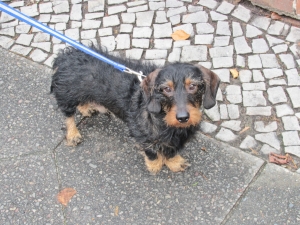
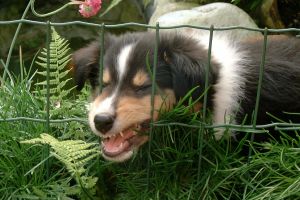
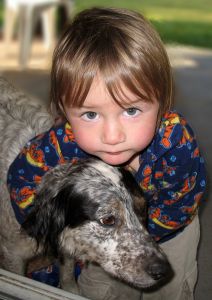
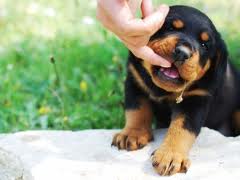
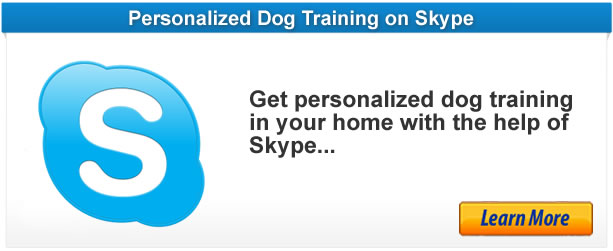
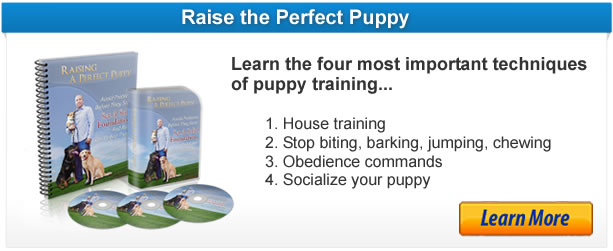

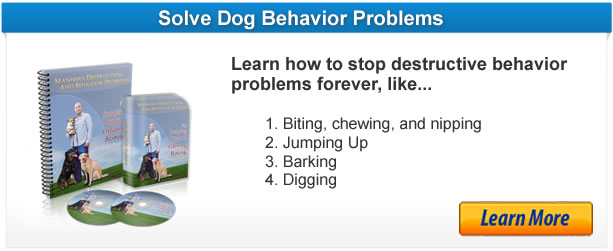
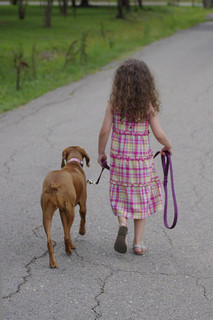




Follow Us!